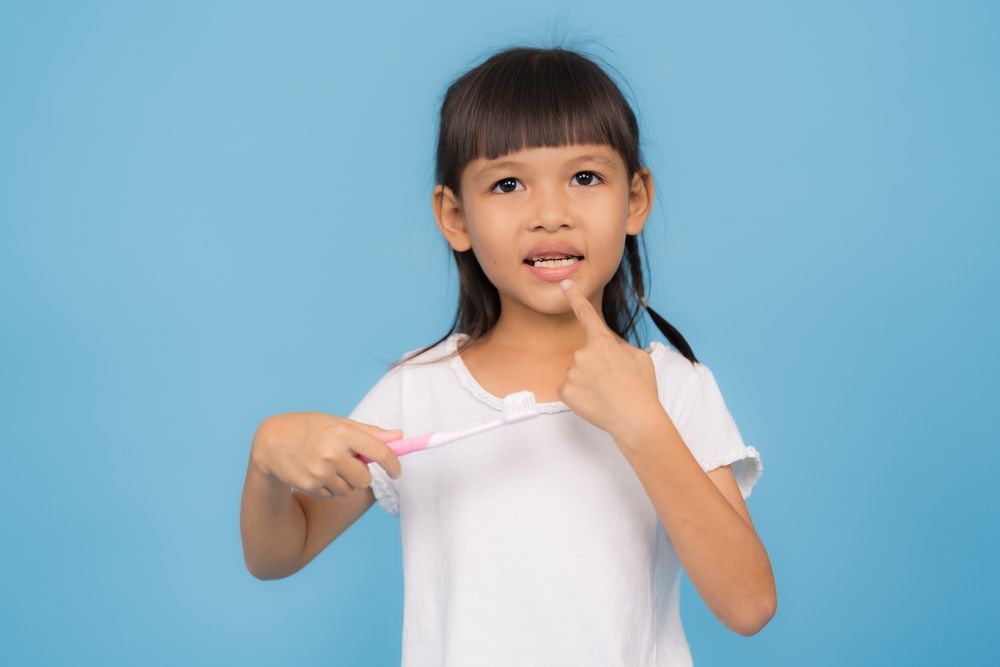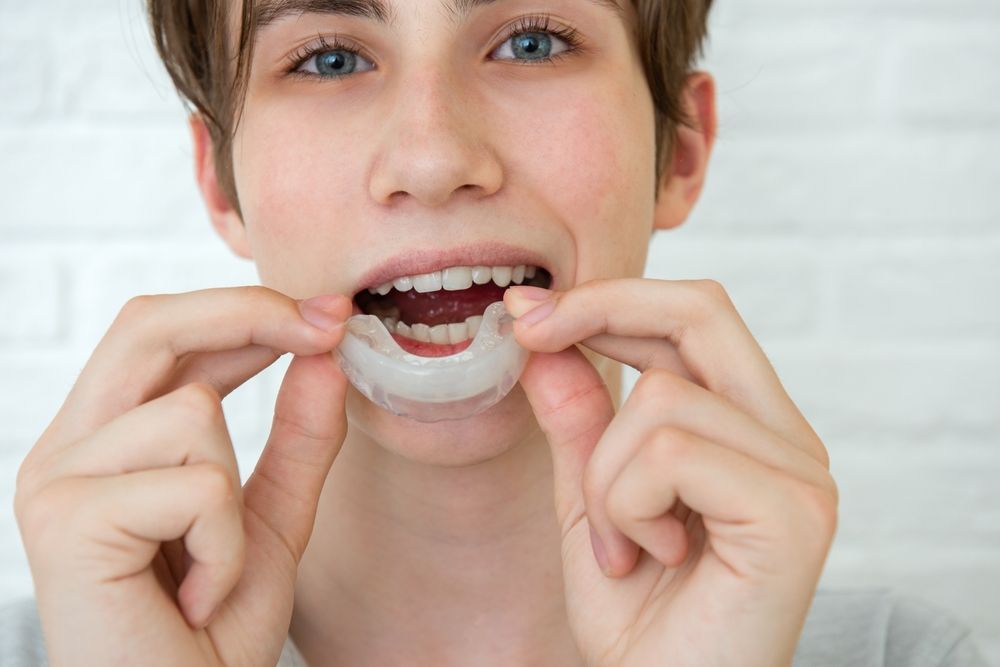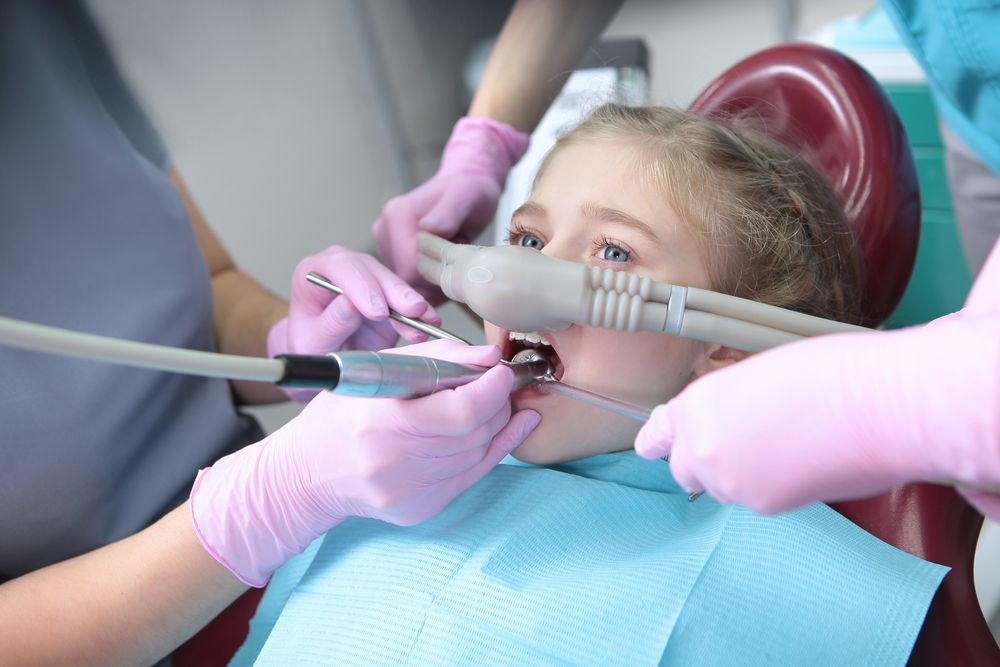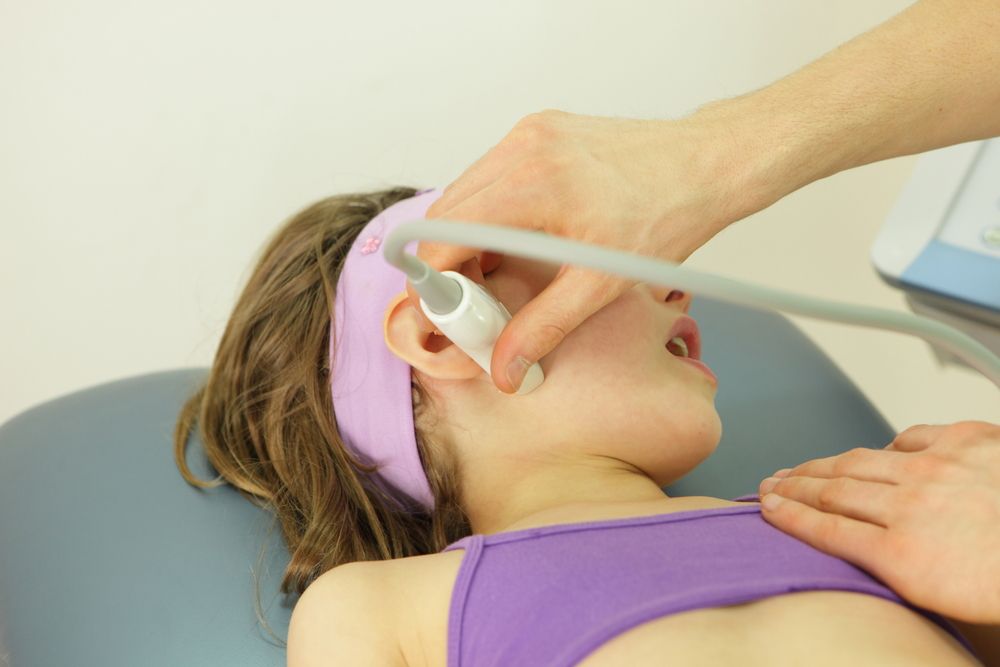Healthy gums are an essential part of a child’s overall oral health, yet they often don’t get the attention they deserve. While many parents focus on teaching their children how to brush and floss teeth, emphasizing the importance of gum care is equally vital. Gum health lays the foundation for a strong, healthy mouth, preventing issues like gum disease, tooth decay, and discomfort later in life. In communities such as San Jose, CA, where families are increasingly aware of the importance of pediatric oral health, understanding how to teach children about gums can empower parents and caregivers to promote lasting dental wellness.
Introducing children early to the concept of healthy gums helps them develop good habits that can protect their mouths throughout childhood and into adulthood. Gums support teeth and provide a barrier against harmful bacteria; when neglected, they can become inflamed, bleed, and lead to serious problems like gingivitis and periodontal disease. This blog will explore the best ways to educate children about the significance of gum health, practical tips for daily care, and how to encourage lifelong positive habits.
Why Healthy Gums Matter for Children
Gums, or gingiva, are the soft tissue that surrounds and supports the teeth. Healthy gums are typically pink, firm, and do not bleed when brushed or flossed. For children, healthy gums are crucial because they protect the roots of teeth and the bone underneath from infection. Early gum problems can interfere with the proper eruption of adult teeth, cause pain, and increase the risk of cavities by allowing bacteria to accumulate near the tooth surface.
In children, gum disease often begins as gingivitis, which is an inflammation caused by plaque buildup along the gum line. Plaque is a sticky film of bacteria that forms continuously on teeth and gums. If plaque is not removed regularly through brushing and flossing, it can harden into tartar, which further irritates the gums and can only be removed professionally. Teaching children about gums helps them recognize the signs of irritation, such as redness or bleeding, and encourages them to maintain good habits to prevent more serious conditions.
Furthermore, gum health is closely linked to overall health. Studies have shown that poor oral hygiene in children can contribute to systemic health issues, including infections and inflammation. Establishing healthy gum care early sets the stage for a lifetime of strong oral and overall wellness.
How to Explain Gum Health to Children
When teaching children about gums, it’s important to use language and concepts they can understand. Begin by explaining what gums do — for example, you might say gums are like “soft, protective cushions” around teeth that keep them safe and strong. Visual aids such as diagrams or models can help kids see where gums are and how they work. Encouraging children to look at their own gums in a mirror can make the lesson interactive and personal.
Make the explanation relatable by discussing what happens if gums are not cared for, such as becoming sore or bleeding, and how this can make eating or smiling uncomfortable. Use simple cause-and-effect stories like “if we don’t clean our gums, tiny germs can make them sick.” It’s also helpful to reinforce the idea that gums need care just like teeth do.
Children respond well to positive reinforcement, so praise their efforts in maintaining gum health. Encouraging questions and being patient helps foster curiosity and understanding. Remember to keep the conversation age-appropriate — younger children might benefit from fun analogies or stories, while older kids may appreciate more detailed information about the science of oral health.
Daily Habits to Promote Healthy Gums
Good gum health starts with consistent daily care routines. Teaching children to brush and floss properly is the foundation of preventing gum disease. Parents should supervise and assist young children with brushing twice a day using a soft-bristled toothbrush and fluoride toothpaste. When brushing, it’s important to clean not only the teeth but also gently massage the gums to remove plaque from the gum line. Show children how to hold the brush at a slight angle and use small circular motions.
Flossing is equally important because it removes plaque and food particles from between teeth where a toothbrush can’t reach. For younger children, floss picks or interdental brushes can be easier tools to use. Starting flossing early helps kids get used to the routine, even if they don’t yet have all their adult teeth. Encourage children to be gentle while flossing to avoid damaging the gums.
In addition to brushing and flossing, a balanced diet plays a role in gum health. Limiting sugary snacks and drinks reduces the risk of plaque buildup. Drinking plenty of water helps wash away food particles and keeps the mouth hydrated. Teaching children about how healthy foods support their gums can motivate better eating habits.
Parents can also schedule regular dental checkups for professional cleanings and evaluations. During these visits, dental professionals can spot early signs of gum problems and provide additional advice tailored to a child’s specific needs.
Making Gum Care Fun and Engaging for Kids
Keeping children engaged in their oral health routine can be challenging, but creativity helps make gum care enjoyable. One approach is to turn brushing and flossing into a game, such as setting timers or using apps with music and animations that encourage proper technique and duration. Reward systems like sticker charts or small incentives can motivate kids to stick to their routines.
Storytelling is another effective tool; create stories about “gum heroes” fighting off “plaque villains” to protect the mouth. These narratives make the idea of gum care exciting and memorable. Reading children’s books about dental health can also reinforce positive messages.
Involving children in selecting their oral care products, such as toothbrushes with favorite characters or fun flavors of toothpaste, gives them a sense of ownership over their gum care. Teaching kids to take pride in their smile and gums boosts their self-confidence and willingness to maintain healthy habits.
Recognizing and Responding to Gum Problems
Despite the best care, children may still experience gum issues occasionally. It’s important for parents and caregivers to recognize early warning signs of gum problems, such as redness, swelling, tenderness, or bleeding during brushing or flossing. If these symptoms persist, it is crucial to seek advice from a dental professional.
Parents should teach children not to ignore discomfort or changes in their gums and to communicate any problems they notice. Early intervention can prevent minor gum inflammation from developing into more serious infections that could damage teeth and bone.
In some cases, children might develop gum conditions due to other factors such as hormonal changes during puberty, certain medications, or medical conditions. Regular dental visits allow for monitoring and managing these situations effectively.
Providing reassurance and support when gum problems arise encourages children to be proactive about their oral health and reduces fear of dental care.
Conclusion
Teaching children about healthy gums is a critical component of fostering strong oral health habits that last a lifetime. By understanding the role gums play, how to care for them daily, and recognizing when problems arise, children can maintain healthy smiles and avoid future complications. Parents and caregivers can make gum care approachable and fun, setting the stage for a positive relationship with dental hygiene.
For families in San Jose, CA, resources such as Dentistry for Children and Young Adults can be valuable for learning more about pediatric oral health and scheduling regular dental checkups. Empowering children with knowledge and tools about gum care today leads to healthier teeth and gums tomorrow.
Resources
American Academy of Pediatric Dentistry. (2020). Pediatric Oral Health Policies. Journal of Dentistry for Children.
Mandel, I. D. (1994). Oral Hygiene Products and Their Role in Preventing Caries, Gingivitis and Periodontitis. Journal of the American Dental Association.
Petersen, P. E. (2003). The World Oral Health Report 2003: Continuous Improvement of Oral Health in the 21st Century – The Approach of the WHO Global Oral Health Programme. Community Dentistry and Oral Epidemiology.





